Gardening enthusiasts often dream of cultivating their own luscious berries, and with the right approach, anyone can successfully grow organic strawberries and blueberries. This article outlines seven essential steps to help you turn that dream into a reality.
From selecting the best varieties to understanding the specific care requirements, these steps will guide you through the entire process, ensuring a bountiful and delicious harvest.
Table of Contents
Key Takeaways
- Choosing the right strawberry varieties and understanding their specific growing tips are crucial for a successful crop.
- Proper planting techniques set the foundation for healthy strawberry growth and fruitful harvests.
- Adhering to a strawberry management schedule is essential for timely care, including watering, fertilizing, and pest control.
- Strawberry plant care requires attention to detail, particularly in terms of soil quality, sunlight, and regular maintenance.
- Growing blueberries, especially in pots, can offer numerous advantages, such as better disease management and ease of harvest.
1. Strawberry Varieties and Growing Tips
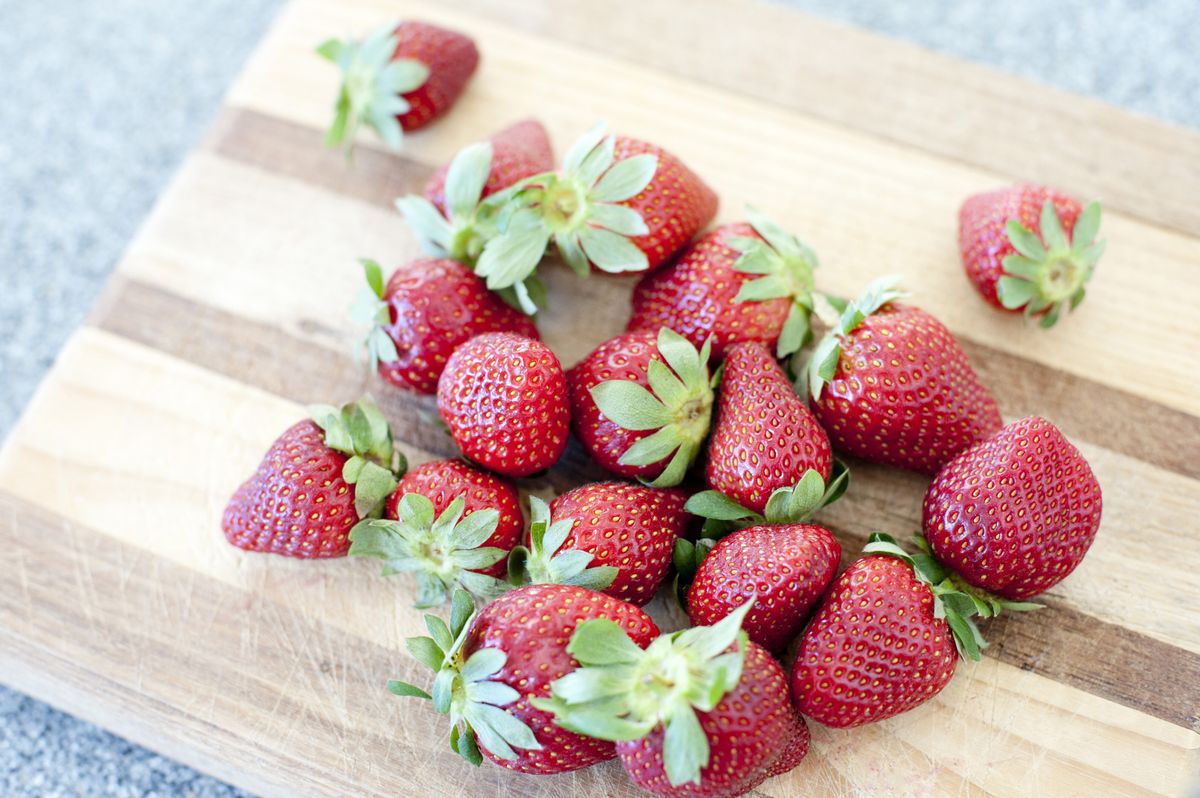
Selecting the right strawberry variety for your garden is crucial for a bountiful harvest. June-bearing strawberries, such as ‘Allstar’, ‘Chandler’, and ‘Surecrop’, are popular choices known for their reliability and flavorful fruit. These varieties typically produce a single, abundant crop in late spring or early summer.
Everbearing strawberries offer the advantage of producing two harvests per year, one in late spring and another in the fall, making them a favorite for gardeners who enjoy strawberries across multiple seasons.
When planning your strawberry garden, consider the specific needs of each variety, including water, sunlight, soil, and fertilizer requirements. Proper care throughout the year is essential for a successful crop.
Remember to choose plants that are best suited for your hardiness zone to ensure they thrive in your local climate. With the right selection and care, you can enjoy home-grown strawberries year after year.
2. Planting Strawberries
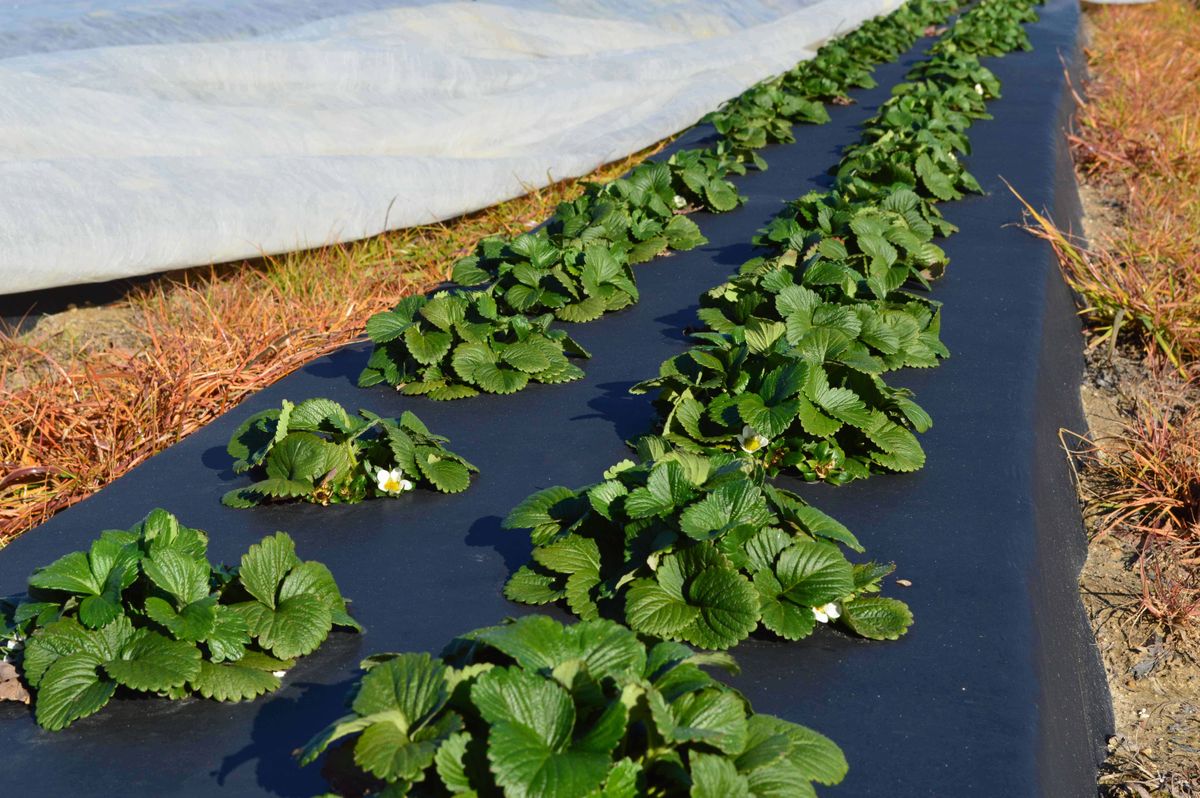
When you’re ready to plant your strawberries, timing is crucial. Plan to plant as soon as the ground can be worked in the spring, aligning with your local frost dates. It’s essential to establish new plants each year to maintain high berry quality. Strawberry plants will produce runners, which are daughter plants that root and grow into new strawberry plants.
Selecting the right soil is key for healthy growth. Strawberries thrive in loose, well-draining soil, preferring a loamy and slightly acidic environment. They require only four to six inches of soil depth, making shallow containers an ideal choice. Ensure your container has a drainage hole to prevent waterlogging.
Raised beds are an excellent choice for ensuring well-drained conditions, crucial for strawberry health. Additionally, practice crop rotation to avoid soil-borne diseases. Avoid planting strawberries in areas where tomatoes, peppers, or eggplants were grown recently.
Lastly, purchasing disease-resistant plants from a reputable nursery is highly recommended. Choose varieties that are well-suited for your region to optimize growth and fruit production.
3. Strawberry Management Schedule
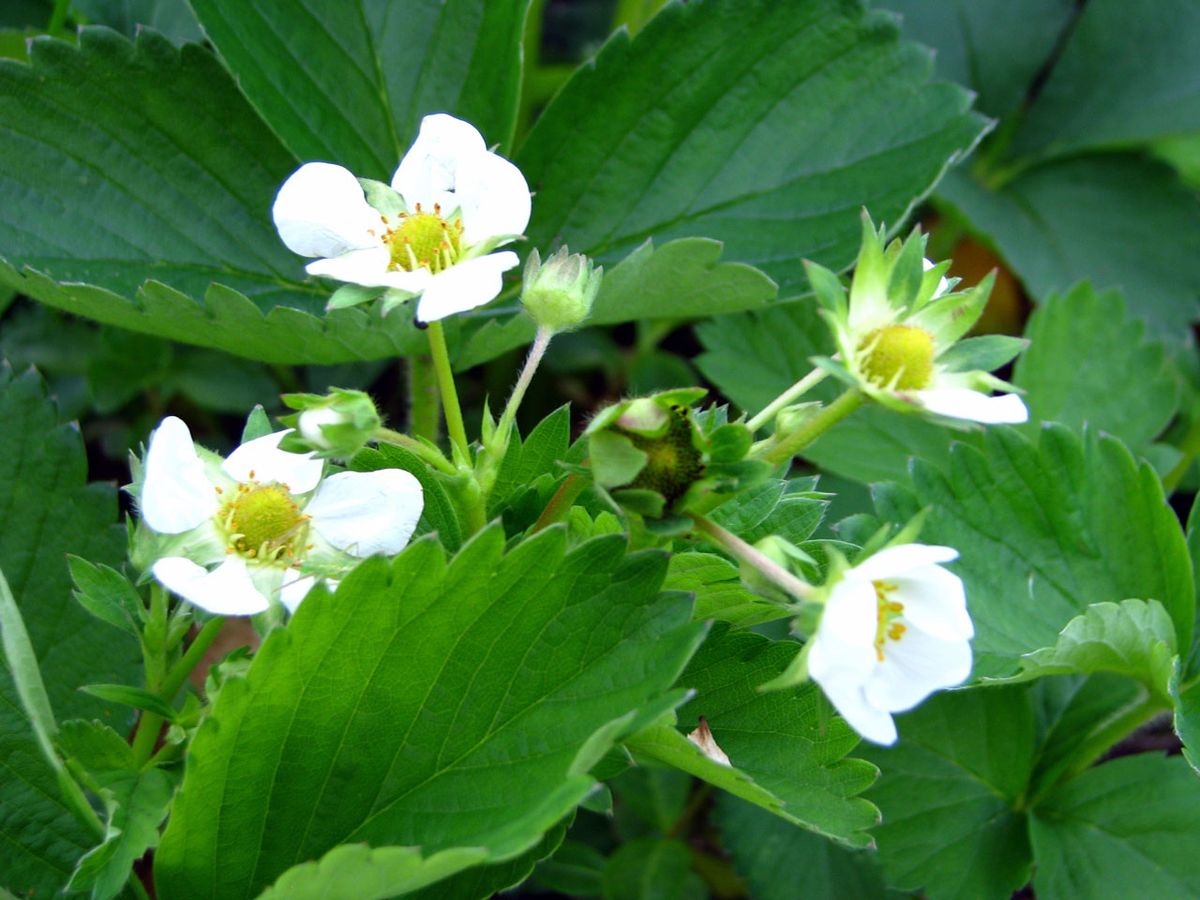
A well-planned management schedule is essential for the health and productivity of your strawberry crop. Regular monitoring and timely interventions can make all the difference in achieving a bountiful harvest. Here’s a simplified schedule to guide you through the season:
- JANUARY/FEBRUARY: Generally, no activity is required during this period. It’s a time for the plants to rest.
- Pre-bloom: Apply nitrogen as part of a split fertilizer application to support vigorous growth.
- During flowering and fruiting: Switch to a high-potassium fertilizer to enhance fruit quality and yield.
Remember, the exact timing of these actions will depend on your specific variety, local weather conditions, and geographic location.
For established strawberry plantings, the macro-nutrient requirements are crucial. Here’s a concise table with the recommended rates:
| Nutrient | Time of Application | Rate (kg/ha) | Rate (kg/ac) |
|---|---|---|---|
| Nitrogen (N) | Pre-bloom/Renovation | 0-25/30-50 | 0-10/12-20 |
| Phosphorus (P2O5) | Early spring | 60-90 | 24-36 |
| Potassium (K2O) | Early spring | 53-80 | 21-32 |
In addition to fertilization, keep an eye out for pests and diseases. Botrytis fruit rot, powdery mildew, and leaf spot require vigilant control, especially after warm, humid weather. Soil testing for nematodes is also recommended if you plan to plant strawberries in the following spring.
4. Strawberry Plant Care & Growing Instructions
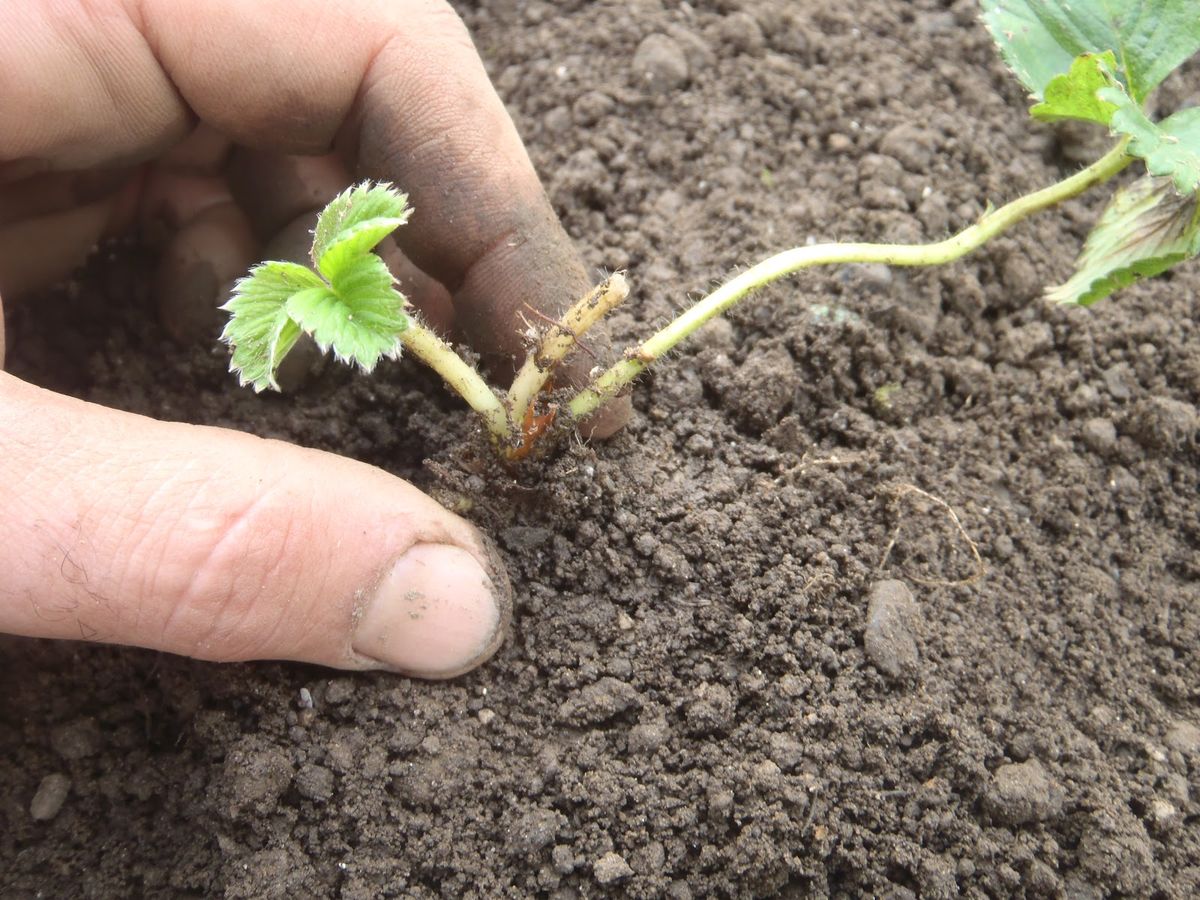
Proper care is essential for your strawberries to thrive. Ensure the crown sits just above the soil line when planting; too deep can cause rot, and too high can dry out the roots. Strawberries need a minimum of 8-10 hours of full sun daily, as insufficient sunlight can inhibit growth and fruit production.
Consistent care throughout the growing season is key to a bountiful harvest.
Here’s a quick overview of the care requirements:
- Sunlight: Full sun to light afternoon shade
- Temperature: Ideally between 40-80\u00B0F (4.4-26.6\u00B0C)
- Water: Keep soil evenly moist, avoid overwatering
- Soil: Rich, fertile, well-draining
- Fertilizer: Use fruiting plant food in spring and summer
- Common Pests: Slugs, weevils, beetles, fruit flies, thrips, birds, rodents
Remember to use a high-quality, brand-name soil that is loose and well-draining for best results. Strawberries prefer loamy, slightly acidic soil and only need to be watered to maintain moisture without becoming waterlogged.
5. Sunlight Requirements for Strawberries
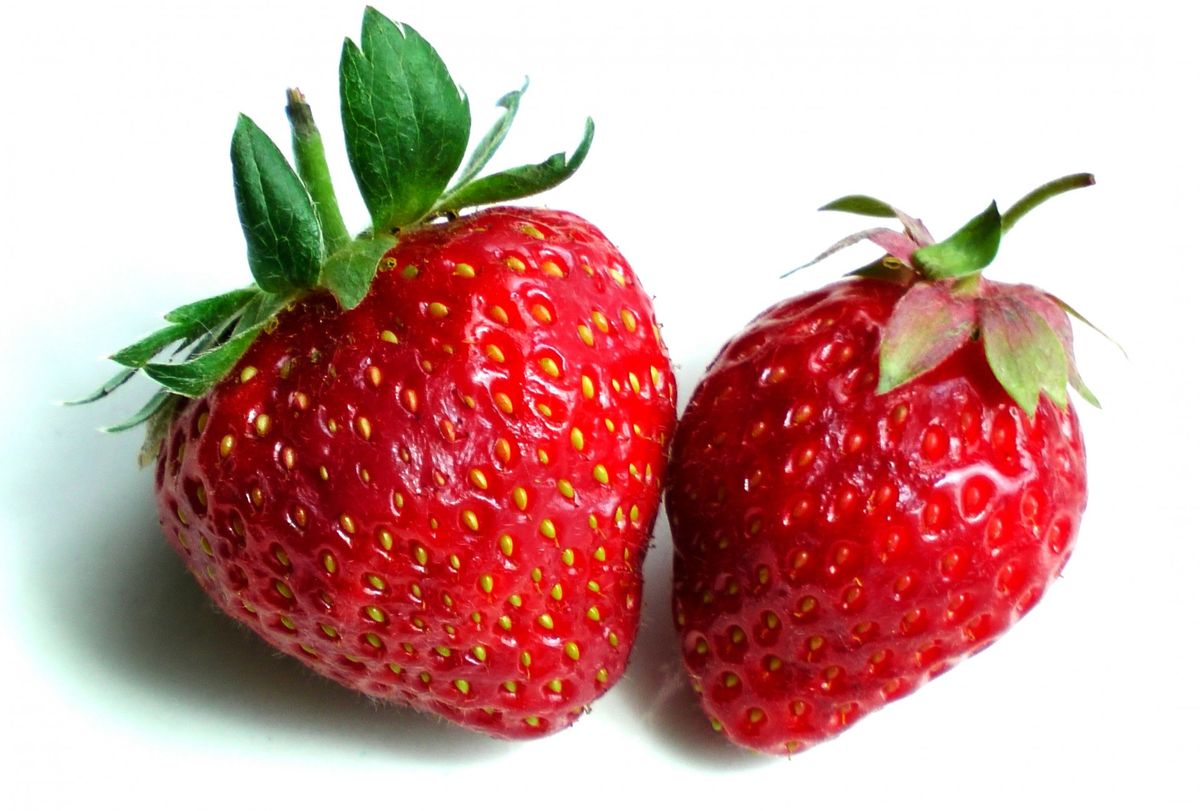
Strawberries are versatile plants that can grow in various light conditions, but for optimal growth and fruit production, they require a significant amount of sunlight. Strawberries need a minimum of 8-10 hours of full sun daily. However, they are adaptable and can still produce fruit with at least 4 hours of direct sunlight. In regions with intense summer heat, it’s crucial to protect strawberries from the scorching midday sun to prevent wilting and stress on the plants.
Morning light is particularly beneficial for strawberries, and south-facing locations can provide the best exposure for growth and fruit yield. It’s important to adjust the amount of sunlight your strawberries receive seasonally and consider using grow lights if natural light is insufficient.
Here’s a quick guide to understanding the sunlight needs for strawberries:
- Full sun: 8-10 hours daily
- Partial shade: At least 4 hours of direct sunlight
- Hot climates: Use shade cloth during intense afternoon sun
Remember, while strawberries are tolerant of different soil types, they thrive in well-drained, loamy soil. Regularly rotating the container can ensure even sunlight exposure if you’re growing strawberries in pots.
6. How to Grow Blueberries
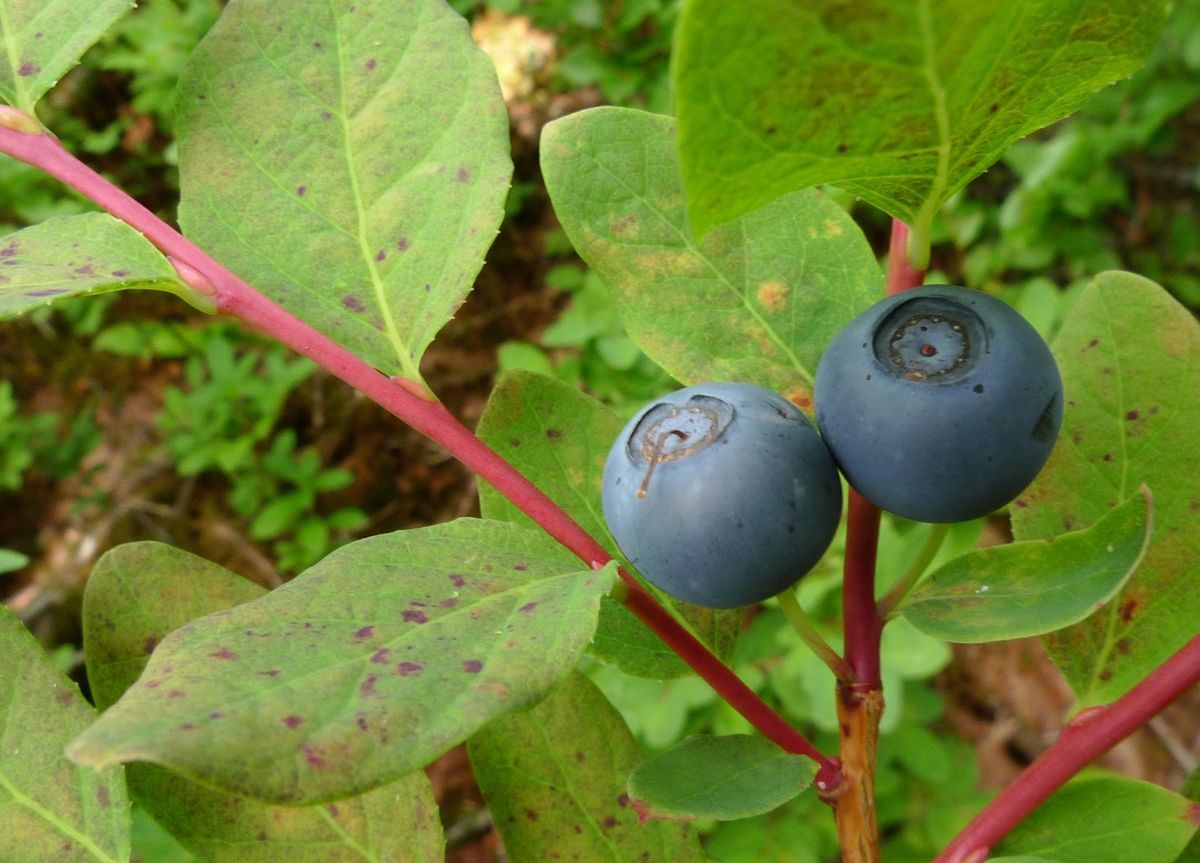
Growing blueberries successfully requires attention to several key factors, including soil conditions, container size, and protection from birds. Blueberries thrive in acidic soil, so it’s essential to mulch with pine needles or wood chips to maintain the desired pH level. For potted blueberries, the first year’s acidity is often sufficient, but subsequent years will require fertilization with a product specifically designed for blueberry plants.
When selecting a container, consider that low bush and half high varieties typically reach a width of 3 feet and a height of 2 to 4 feet. Therefore, ensure the pot is large enough to accommodate the plant’s growth. Additionally, full sun exposure, defined as at least 6 hours per day, is crucial for the health of your blueberries.
Foliar feeding of blueberries is practiced by some organic growers and is especially helpful when plants are stressed.
Lastly, birds pose a significant threat to your harvest. If you’re growing blueberries outdoors, you may need to implement measures to protect your crop from being eaten before it’s ripe. Growing close to your house may allow you to harvest before the birds can.
7. Benefits of Growing Blueberries in Pots
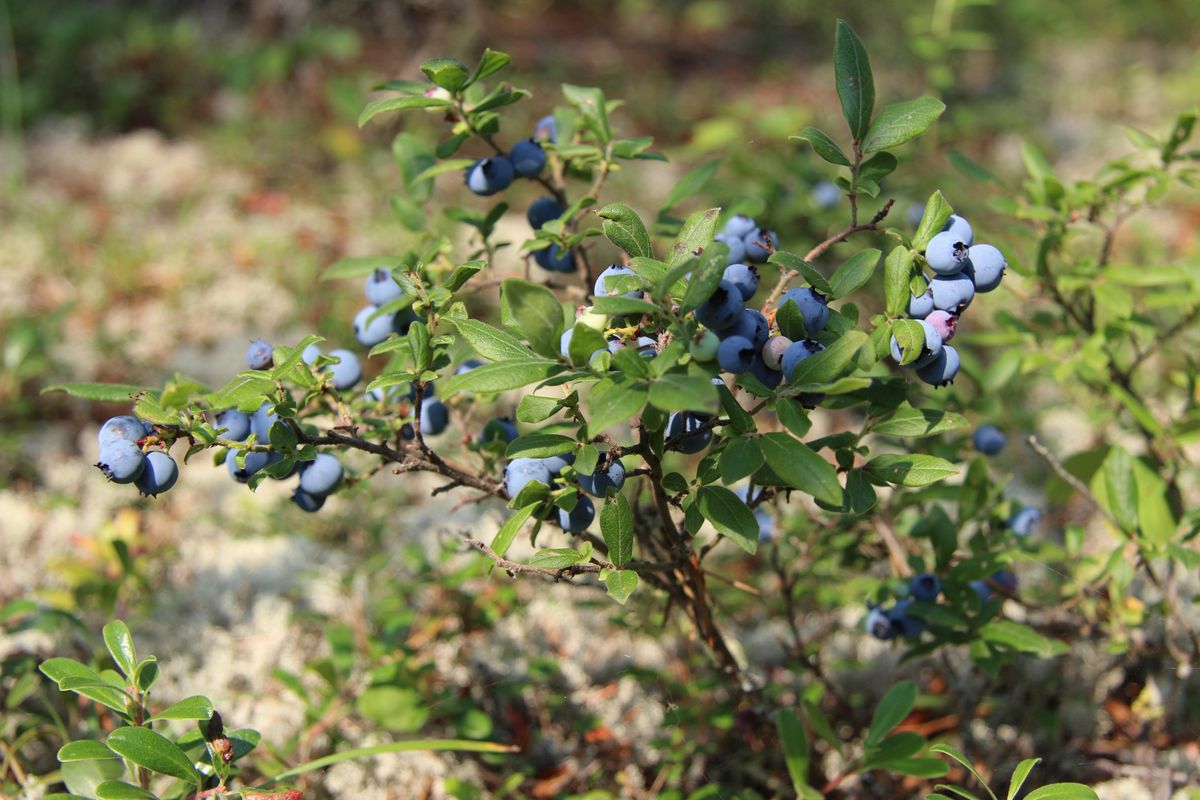
Growing blueberries in pots offers a multitude of advantages, especially for those with limited garden space or living in urban environments. Easily relocating your blueberry pots is a significant benefit, allowing you to protect the plants from severe weather or to adjust for optimal sunlight exposure.
- You can quickly move them if a hailstorm or severe weather is imminent
- Deer and rabbits are less likely to eat them on a deck or balcony
- Transplanting to different garden locations is straightforward
- Keeping the pots weed and grass free is more manageable
- Preventing bird damage is simpler when pots are near the house
When considering pot cultivation, flexibility in choosing varieties is key. Half-high varieties, for instance, are well-suited for pot growth due to their manageable size and substantial harvest potential. Moreover, pots make it easier to implement companion planting, enhancing both aesthetics and biodiversity.
Blueberries thrive in pots not just for their practicality, but also for the ease of integrating them into any outdoor living space. Whether it’s a deck, patio, or balcony, blueberries in pots can transform these areas into vibrant, productive spaces.
5 Tips and Techniques for Growing Eggplant: From Seed to Plate
Cultivating Zucchini: Tips for a Successful and Abundant Harvest
Step-by-Step to Growing Bell Peppers in Your Garden
Mastering the Art of Growing Carrots: Tips for a Bountiful Harvest


